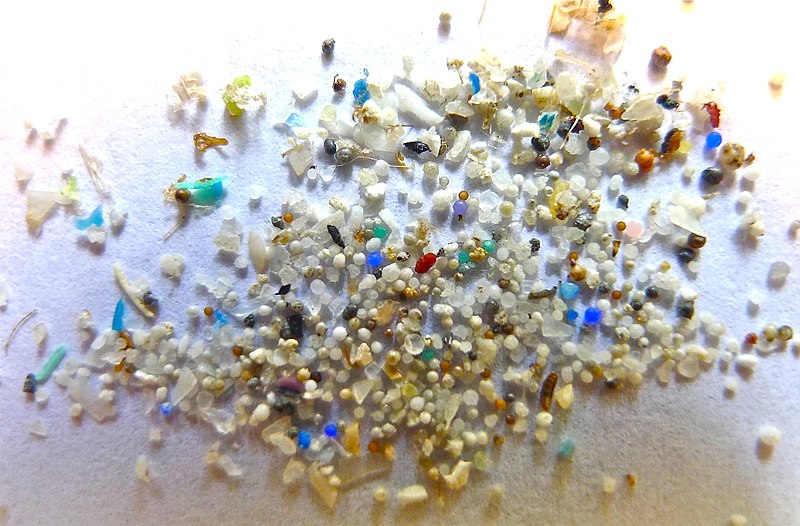Lignin is an abundant waste product in paper and pulp production. When wood is pulped to make paper, the lignin is removed since it’s very difficult to process.
Although this lignin can be used for a variety of purposes, it is highly underutilized.
About 98% of lignin produced in the pulp and paper industry is used for combustion heating or power generation. This is a low-value use for lignin, and it also contributes to greenhouse gas emissions.
Lignin-Derived Coatings: Keeping Glasses and Windshields Crystal Clear
Now, researchers from Aalto University in Finland have developed a method to convert waste wood material into a bio-based transparent film, suitable for applying anti-fogging and anti-reflective coatings on items such as eyeglasses and vehicle windows.
Apart from its applications in anti-fogging and anti-reflective coatings, the novel method also extends to the creation of colored films utilizing lignin nanoparticles. The team achieved this by manipulating the coating’s thickness and employing multilayer film techniques, resulting in materials featuring a diverse range of structural colors.
Beyond providing a sustainable alternative to the harmful synthetic materials in current use, this innovative approach also repurposes waste materials, effectively transforming them into a valuable carbon sink.







